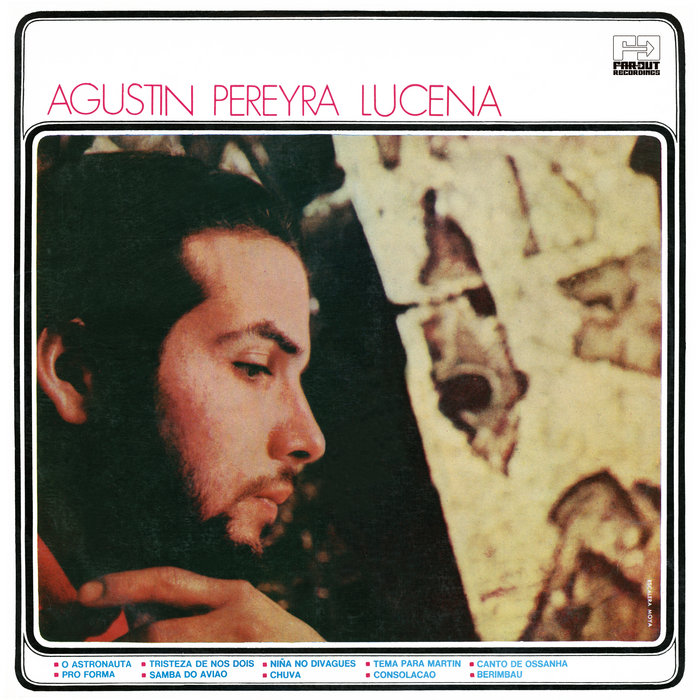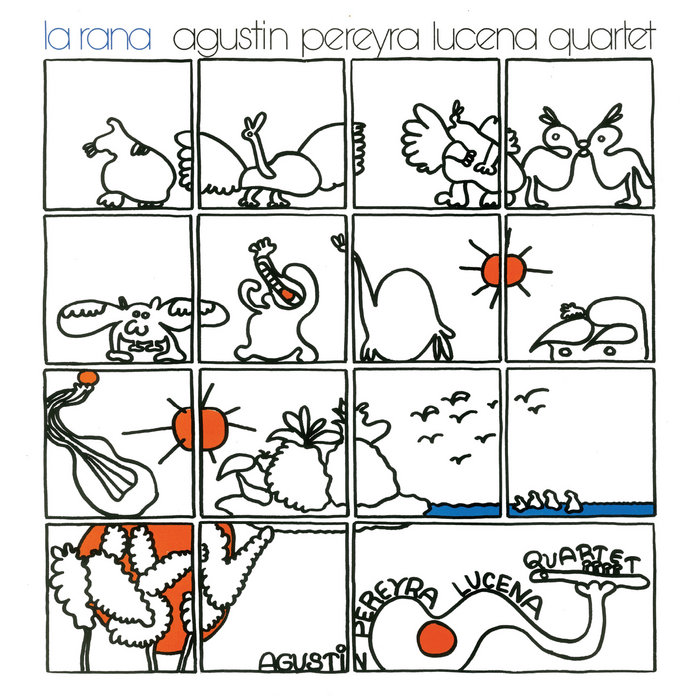
Consolação – Agustín Pereyra Lucena
this blog is GROOVY – check out great Soul, Funk, Jazz, Hip Hop, Bass, Breaks , Reggae, House n many more TUNES
Ah, the classical guitar—an instrument that whispers sweet nothings and strums with passion. It’s got a rich history that’s as vibrant and eclectic as a hip coffee shop playlist. So, kick back, grab your favorite brew, and let’s dive into the frets and strums of this beautiful genre!
The story of the classical guitar takes us back to ancient times. Picture Spain in the 15th century; amidst flamenco dancers and passionate poets, early versions of what we now call the classical guitar were beginning to take shape. These early guitars had gut strings (nope, not from your gym buddies!), a smaller body, and were often played in intimate gatherings.
Fast forward to the 18th century when things really started heating up! Enter Fernando Sor, known as one of the “fathers” of classical guitar music. This dude wasn’t just a composer—he was like the rockstar of his time! Born in 1778, he composed over 100 pieces for guitar and famously said: “I must go on because I have no other choice.” Kind of relatable for many artists today!
But wait—let’s add some humor here! Sor was so dedicated that you might imagine him composing tunes while juggling flaming torches or serenading his pet parrot named “Strummy.” You know how it goes—the struggle is real when you’re trying to impress both critics and feathered friends!
Then came along Julian Arcas, who brought some serious flair during the Romantic era in the mid-19th century. His playing made every string sing! He even influenced composers like Francisco Tárrega—the man who practically elevated guitar composition into art form.
Speaking of Tárrega (1856–1909), rumor has it he once performed at a fancy salon where someone loudly dropped their wine glass mid-solo. Instead of breaking his stride, he turned it into an impromptu percussion solo by stomping his foot onstage while continuing to play—that’s jazz hands before jazz existed!
As we roll into the 20th century, our beloved instrument experienced yet another transformation thanks to influences from jazzers like Django Reinhardt. Ever seen footage? This guy had two fingers on one hand after an unfortunate accident but still managed mind-blowing solos that would make any guitarist green with envy—or maybe just blue from trying too hard!
Now let’s talk about Andrés Segovia—a titan among titans! Often dubbed “the father” (again with all these fathers!) of modern classical guitar performance; Segovia took this baby worldwide—from little cafés in Spain straight through concert halls around the globe.
Oh dear—and here comes another funny fact: During one performance tour in Mexico City, Segovia accidentally strummed out light-hearted jingle instead during what was intended as an intense sonata challenge against piano virtuoso—immortalizing both musicians’ laughter forevermore.
By mid-century onward things shifted again; enter minimalist movement led by folks like John Cage who also experimented with prepared instruments—including guitars with objects stuffed between strings for added sonic fun! Can you picture them rocking out at parties? They probably shocked more than just their neighbors—they broke down musical barriers too!
And let’s give props to players such as Leo Brouwer alongside flamenco legends Paco de Lucía whose innovative approaches enhanced styles further throughout last decades leading us right towards present-day magic sprinkled everywhere across genres beyond imagination.
In recent years there’s been quite explosion within realms fusing styles together whether it’s rock-infused acoustic displays or collaborations blurring boundaries e.g., Rodrigo y Gabriela blending traditional rhythms harmonically syncopated alongside energetic vibrancy reminiscent amongst slapping basslines found prevalent nowadays—even headlining major festivals globally showcasing versatility limitless reaching fans far-reaching interests everywhere!!
So next time you jam away or simply admire performers picking those six-string beauties adorned attentively don’t overlook all those facets shaping entire world culture’s legacy developing evolutionarily spanning centuries intertwined lushly nourishing myriad diverse expressions born therein arising undone…
Classical guitar spans generations mingling melodies meeting versatile vibes coloring life beautifully inspiring hearts soulfully entwining stories shared varying backgrounds showcasing humanity truly waltzing rhythmically uniting beings pulsating together either intimately inside venues abroad gleefully grooving beneath brightly lit skies outside gathering throngs bustling crowds sharing moments forever etched memory lanes filled laughter echoes delighting evolving countless artists continuing ever forward through time…
Now go ahead—it’s your turn to pick up that old dusty axe hiding under bed somewhere shake off cobwebs bring forth joy sprinkle magic resonate breathe anew share experiences inspire others relish moments wondrously reliving sweetness past while creating own lifetime imprints collectively symphonic celebrating existence endlessly gloriously always embracing artistry so let ’em come alive!! 🎸💫

Consolação – Agustín Pereyra Lucena

La Rana – Agustín Pereyra Lucena